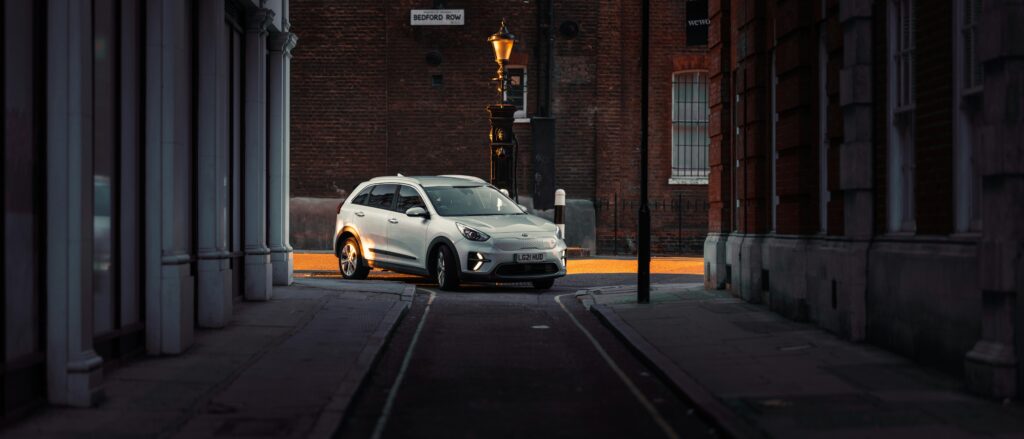Brexit: What are the consequences of importing a vehicle from the UK?
With Brexit, a number of changes have taken place in trade and fiscal relations between Great Britain and the other members of the European Union, notably at the level of importation and registration of a vehicle. What are the new procedures?
Importation
The main repercussion of Brexit is the re-establishment of fiscal borders between the European Union and Great Britain.
So, if you have found the car of your dreams in England, you will now have to clear it through customs, as one would for an import from Japan or the United States.
In France, customs duty, which now applies when your vehicle or motorcycle crosses the border, is 10% plus 20% VAT, according to your personal situation. Customs Clearance Certificate 846A will be given to you once the import has been cleared.
In Belgium, import duties of 10% and 21% VAT will be due when declaring a vehicle to Belgian customs. The E705 sticker must be requested to finalise the importation.
In Luxembourg, you must, unless explicitly requested by you, declare the vehicle to the main customs bureau of the EU. In this case, you pay the customs duties and the national VAT of the country in which you carried out the customs clearance procedures. You then present the customs import document received at customs in order to obtain the 705 sticker.
With an explicit request, you can have the vehicle sent to the Grand Duchy under the T1 external transit procedure. In this case, the import duties of 10% and 17% VAT are payable to the Grand Duchy at customs, which will issue you the 705 sticker, permitting you to carry out the technical inspection followed by registration.
Technical Inspection
Brexit enforces that the Ministry of Transport (MOT) test, which is the English equivalent of our technical inspection, is not valid for the registration of a vehicle imported from the United Kingdom. Since the end of the transition period, 31 December 2020, you must now imperatively provide a technical inspection conducted by an approved centre in the country of the new registration.
Since the United Kingdom is no longer part of the European Union, it does not benefit from the mutual recognition of technical inspection certificates.
The European Certificate of Conformity, or COC
If you import your EU approved personal or used vehicle from Great Britain, manufactured prior to Brexit, its COC remains valid and still allows its registration in European Union countries.
The European Certificate of Conformity is a declaration of the manufacturer, according to the vehicle type (car, motorcycle, or utility vehicle), which complies with the requirements of the EC, by type. The member countries of the EU cannot refuse the registration of a vehicle if it is accompanied by a valid COC, which demonstrates its conformity with EU law.
So, if your English vehicle has a valid European Certificate of Conformity, the national authorities of registration cannot ask you for supplementary technical documentation, unless the vehicle has been manufactured specifically for the English market, with the restriction of driving on the right-hand side.
If this is the case, the authorities can require a national approval procedure for driving on the right side.
Important information: The COC indicates the technical characteristics of the vehicle as it was manufactured and approved. It cannot be modified and is valid for the duration of the life of the vehicle.
An example of a CE approved COC for the Jaguar brand, approved for right-side driving and left-side driving, using the Imperial and Metric systems:
Individual Vehicle Approval, or RTI
The national approval procedure or RTI (Réception à Titre Isolé) is carried out by the authority responsible for approvals in the European country where the vehicle will be registered. This is DREAL in France, BEVASYS in Belgium, SNCA in Luxembourg, and ASA in Switzerland…
In France, for example, the RTI may be requested of you if the COC of your English vehicle indicates, under point 0.6, a restriction for driving on the right, even if a favourable French technical inspection has been issued for it.
The examples below will help you better understand this restriction:














